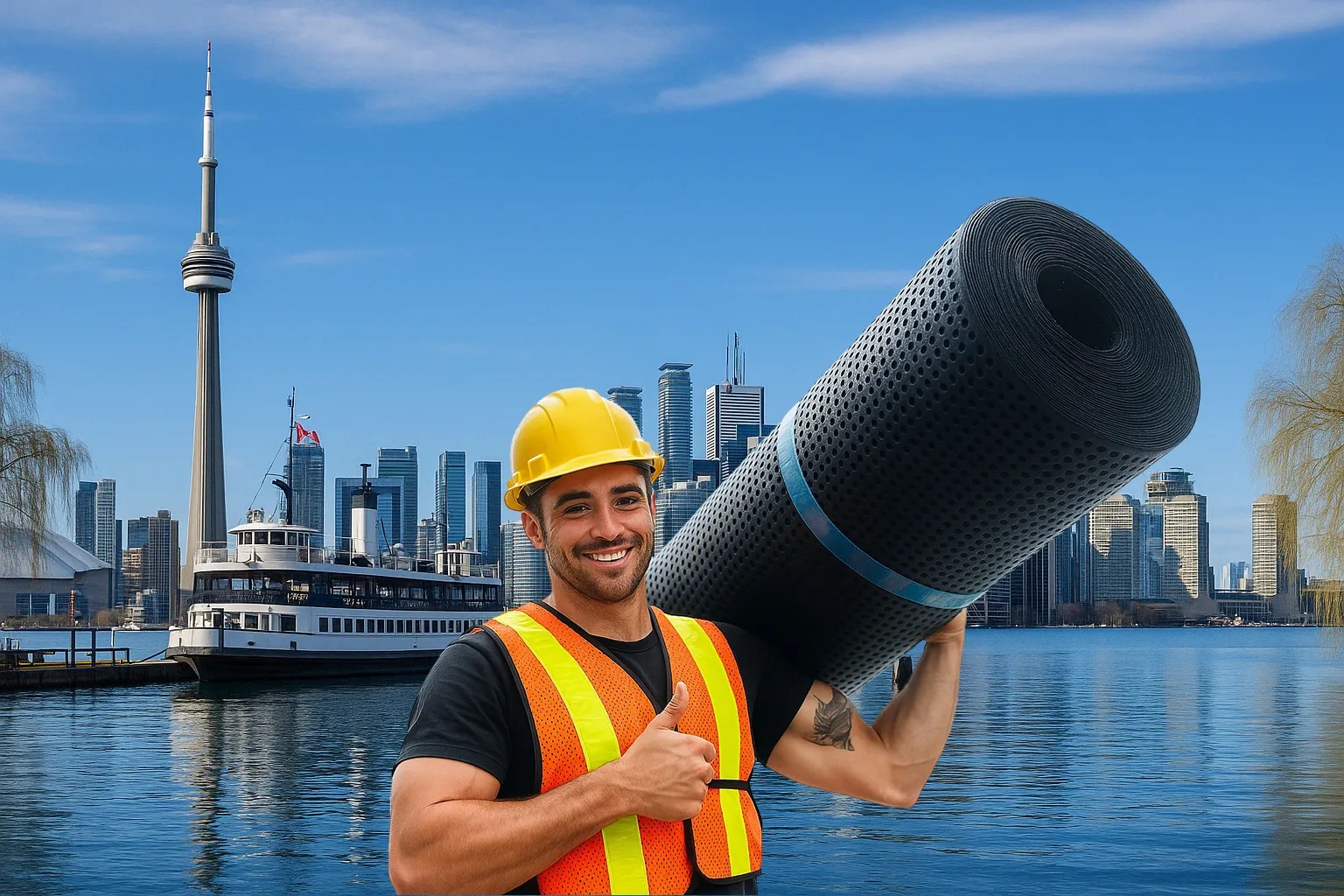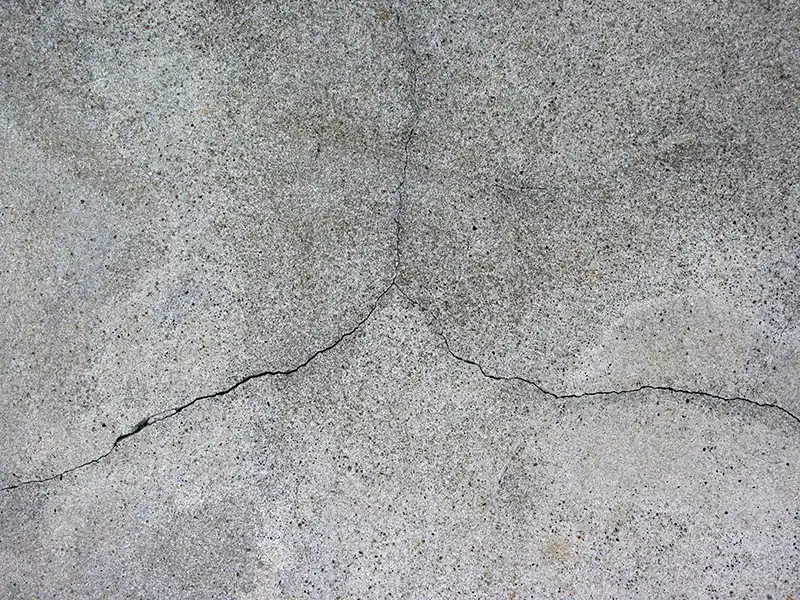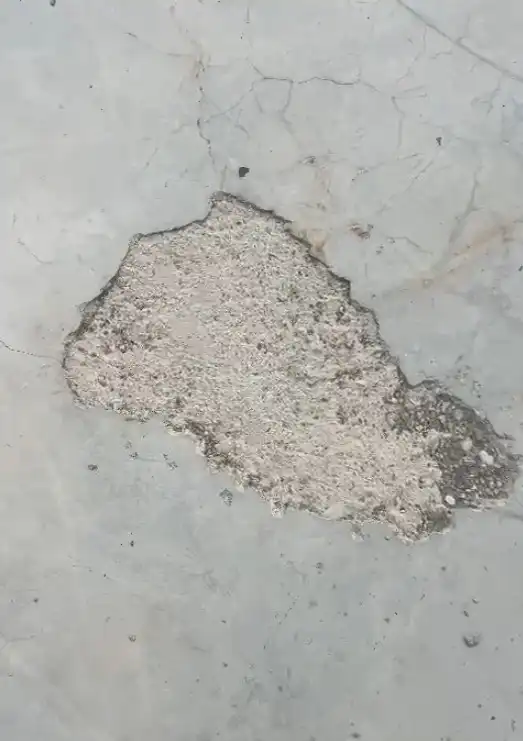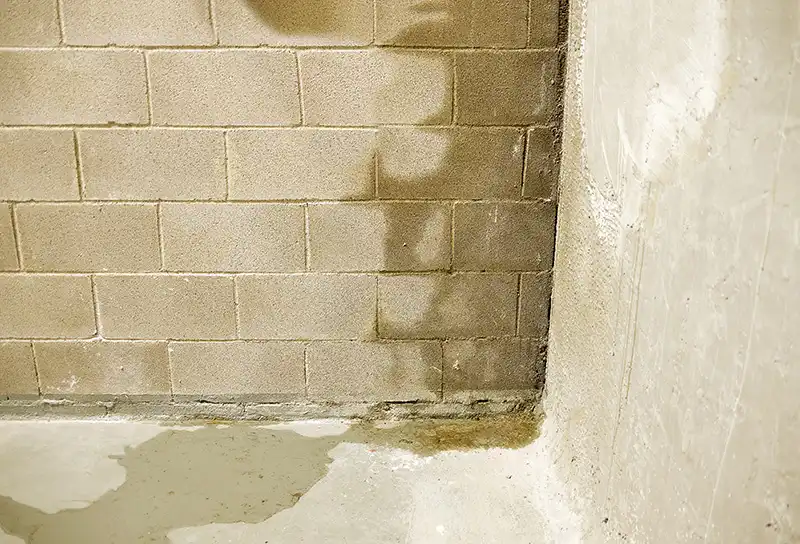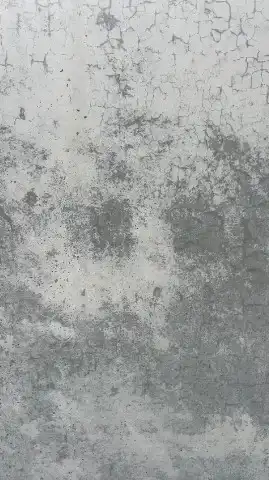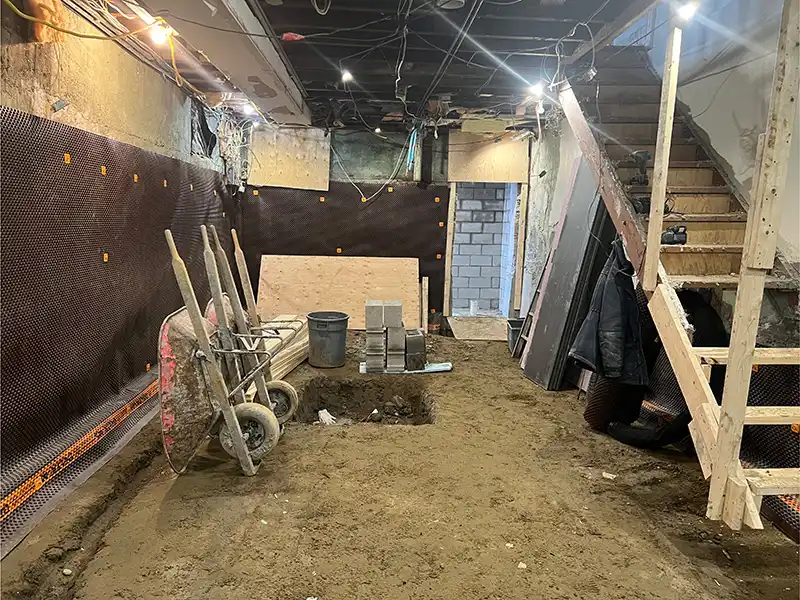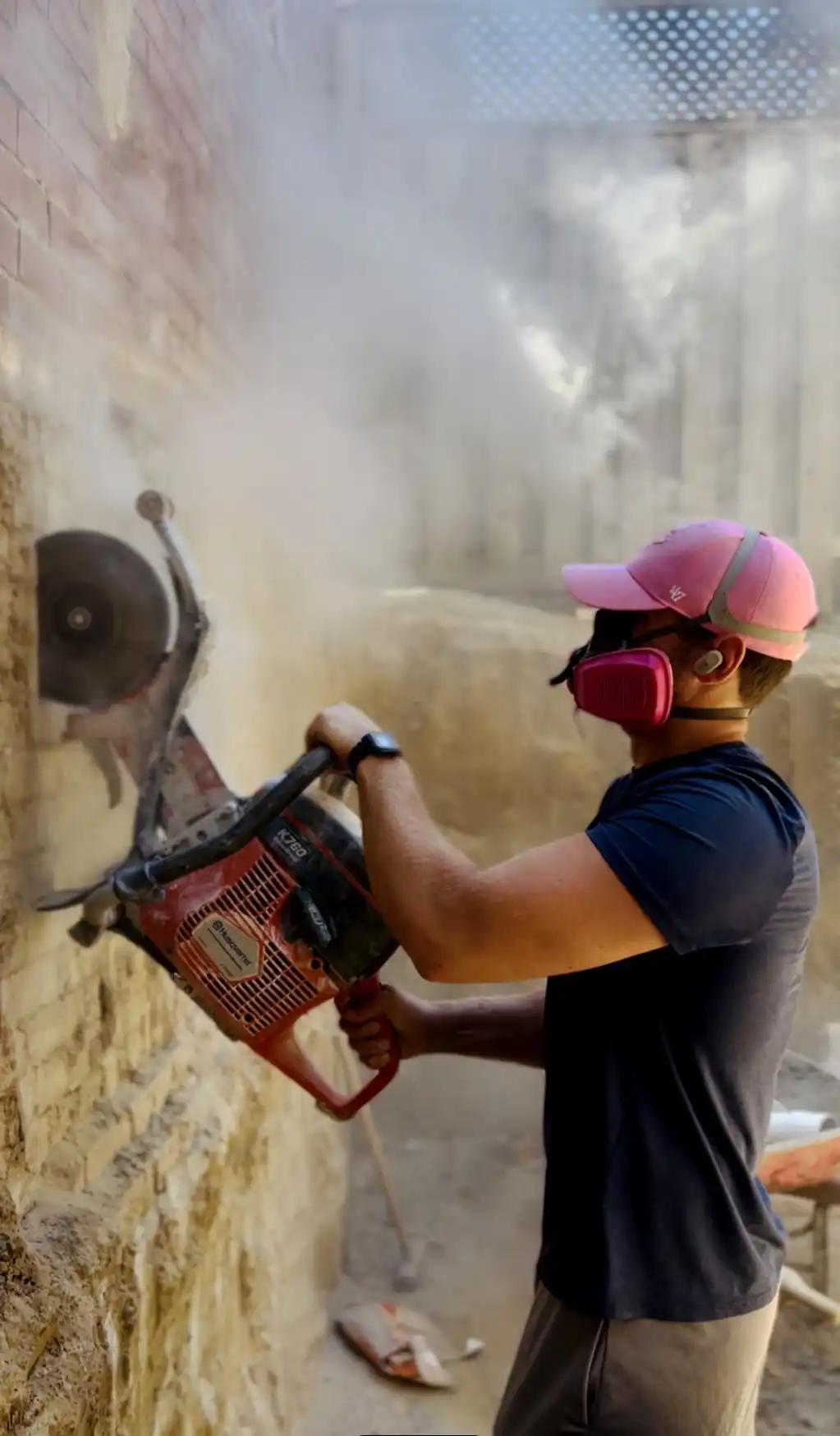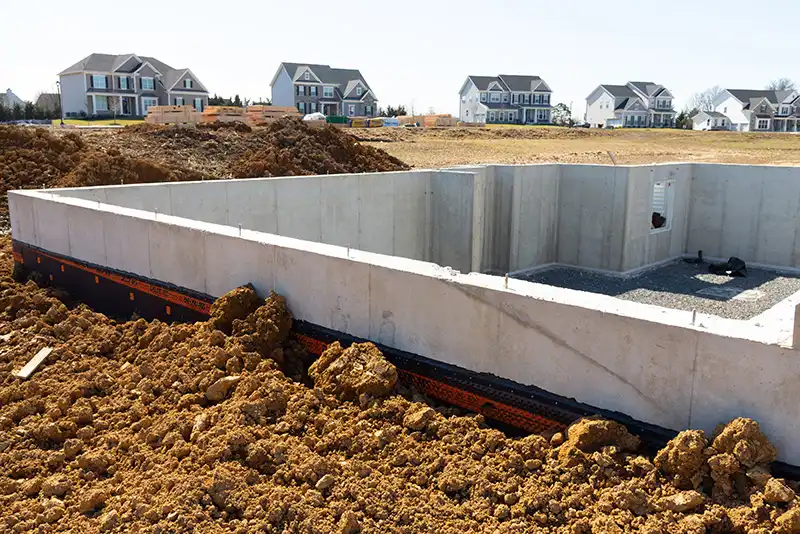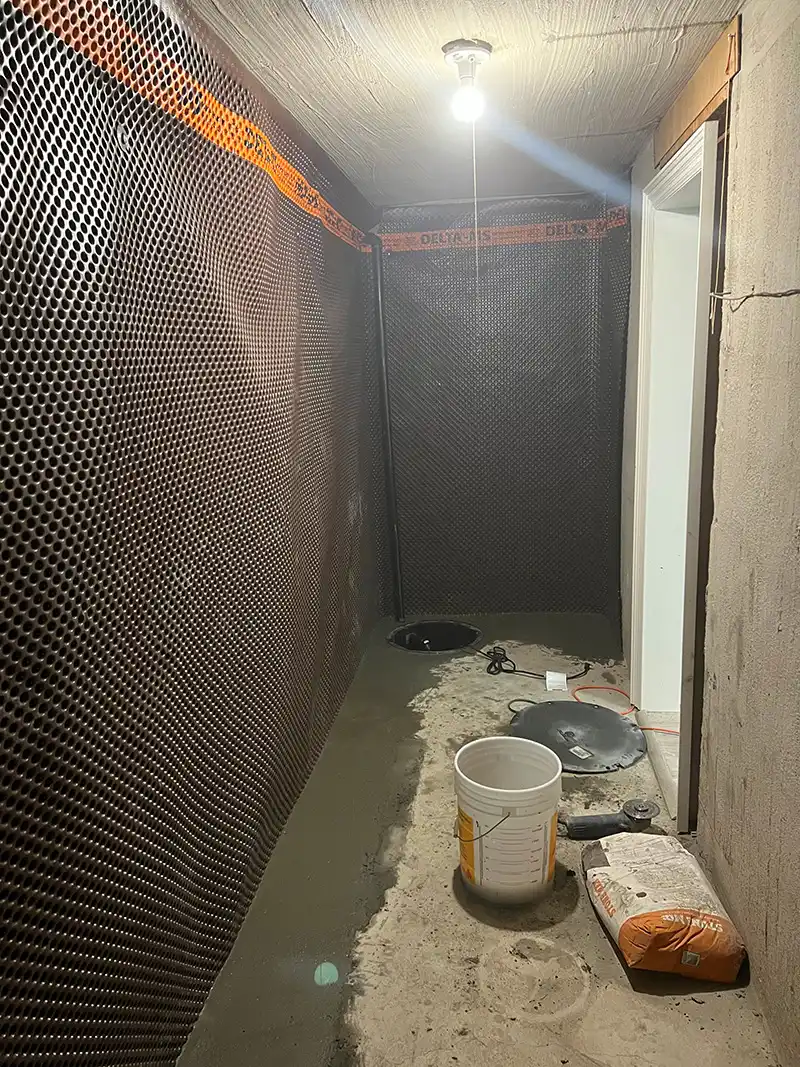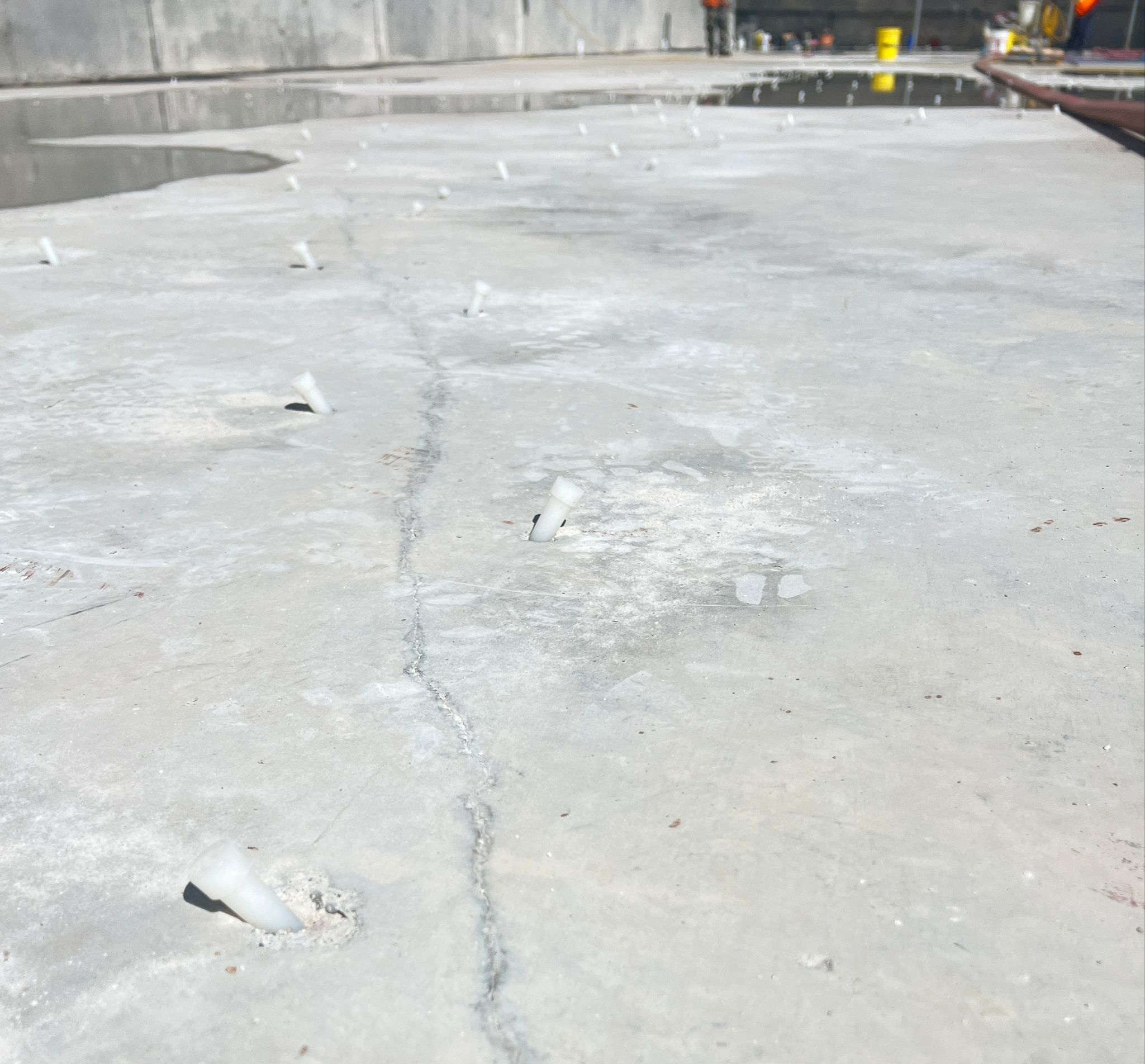Frost Line and Foundation Depth - Toronto Guide
Complete guide to Toronto’s frost line and foundation depth requirements. Learn why foundations must extend 4 feet below grade, how frost heave damages shallow foundations, and solutions for frost protection. Essential reading for Toronto homeowners.
Key Facts
✓ Toronto Frost Line: 4 feet (1.2m)
✓ Required for all foundations
✓ 50+ freeze-thaw cycles annually
✓ 9% expansion when water freezes
✓ Up to 50,000 lbs/sq ft force
Service Areas
Service Areas: Toronto, North York, Scarborough, Etobicoke, East York, York, Mississauga, Brampton, Vaughan, Richmond Hill, Markham, and surrounding areas.
Remember: Toronto’s frost line is 4 feet. Anything shallower risks expensive damage. When in doubt, go deeper - your foundation will thank you for generations.
